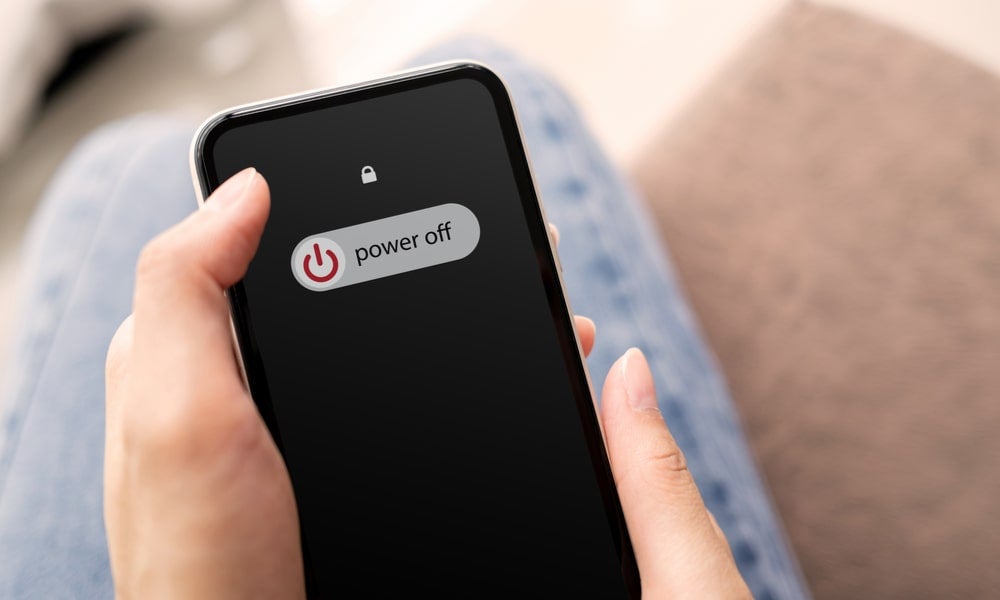A dozen evidence-based ways to nail your goals this year
Feeling pumped to turn your New Year’s resolutions into your new reality? Peter Heslin, Ute-Christine Klehe and Lauren Keating explain how goal enablers can assist
Our research has revealed four broad principles to keep yourself on track in striving to attain your goals: (1) Set supporting goals; (2) Build resilient internal motivation; (3) Craft an enabling context; and (4) Proactively manage obstacles to attaining your goals. Below we briefly explain three goal enablers for applying each of these four principles.
You may already be aware of many of these goal enablers, but how routinely do you leverage them to attain your goals? We challenge you to first identify the challenging outcome goal you most want to achieve in the New Year. Then ask yourself: which three to five of the following dozen goal enablers will best set me up to achieve that goal?

Principle 1: set supporting goals
What will set and sustain you on the right path? Three types of supporting goals are behavioural goals, learning goals, and subgoals.
1. Behavioural goals identify the actions you need to take to reach your goal. If you aim to exercise four mornings a week for the next month, related behavioural goals might be to: (1) write out your exercise schedule, (2) lay out your clothes and shoes the night before, (3) set your alarm, (4) make firm plans with a personal trainer or exercise buddy, and/or (5) record what you accomplished during each session. Behavioural goals can also pertain to the desired end result, such as to consistently act in an ethical, collegial, empathic, or environmentally responsible manner.
2. Learning goals stipulate the new knowledge and skills needed to achieve your outcome goal. Write your learning goals in the form: “I want to learn… ” For instance: “I want to learn three new ways to respond effectively to complaining customers.” To identify your highest priority learning goals (i.e., your growth edges and how to attain them, you can (1) study how others have learned what you aim to learn, (2) consult with a relevant expert, (3) search relevant instructional videos, or (iv) engage in systematic experimentation while in learning mode.
3. Subgoals identify milestones along the way to attaining your goal. If your goal is to save $100,000, two milestones could be saving $20,000 and then $50,000. Subgoals provide early information on your progress toward attaining your goal. Such velocity information can guide adjustments in (1) the amount of investment made to realise the goal, relative to other objectives; (2) strategies to safeguard or accelerate progress in goal achievement; and (3) the timeframe set for the outcome goal. They can also provide a motivating sense of momentum and build your self-efficacy (discussed below) which will help achieve your ultimate goal.
Principle 2: build resilient internal motivation
What will fuel your fire until you have attained your goal? You can increase your internal motivation by framing your goals in a manner that resonates with your passions, engaging in “mental contrasting”, and methodically building your self-efficacy.

4. Connect goals to passions. To stay motivated, you need to enjoy the journey. Goal pursuit can be made more inherently enjoyable by framing it in a compelling manner (e.g., “embarking on a quest”, “being on a sacred mission”, “visualise my potential”, “sharpening my superpowers”, or “solving a puzzle”). If you are excited by the sense of being on a journey, perhaps frame your progressively challenging learning goals as reflecting a novice, apprentice, up-and-comer, contender, and master level of development. Or if you’re competitive, perhaps label your learning or subgoals as indicating a bronze, silver, gold, or platinum level of performance. Have fun framing your mission!
5. Engage in mental contrasting. This involves first vividly imagining, writing about, creating an image, or finding a photo that compellingly represents you having attained your goal. Then visualise, write, draw, or take a photo depicting how things are now. Now mentally toggle between focusing deeply on how you feel about your desired future state and your less desired present state. Doing so can sustain your goal commitment and increase the odds of attaining virtually any goal, such as those in the realms of physical activity and academic performance.
6. Build self-efficacy. Your self-efficacy is your belief in your capacity to succeed at a particular task. To build your self-efficacy, foster early wins by setting modest initial goals, ensure you have adequate resources and support, and relish even your initial progress and successes. Also strive to substitute any defeatist self-commentary (e.g., “I don’t think I can do this” or “I’m too old for this”) with a more self-affirming alternative (e.g., “I know I can do this” or “I’ve got this”). More details about the nature of self-efficacy and how to build it are here.
Read more: Xendit's Moses Lo: four tips for budding entrepreneurs
Principle 3: craft an enabling context
Our context can nudge our actions and shape our results more than we realise. Three ways to craft an enabling context are to develop implementation intentions, ensure adequate resources, and arrange to receive useful feedback.
7. Implementation intentions identify precisely when to enact your behavioural goals. Establishing clear implementation intentions significantly increases your chance of achieving your goal. Two forms of implementation intentions are 'when-then plans' (e.g., “When an employee asks me to solve a problem, then I will ask them to suggest two potential solutions and the pros and cons of each before offering my ideas”) and 'after-then plans' (e.g., “After I arrive home, I’ll chat with my partner for at least 15 minutes before switching on the TV).
8. Ensure adequate resources. These could include adequate materials, technology, support of others, time, and energy. Regarding the latter, sustained energy levels and high performance often depend on developing and maintaining effective recovery routines.
9. Arrange useful feedback to gauge your effectiveness and to learn from interim results. Feedback may be gleaned from colleagues, family, and friends, as well as real-time diary keeping or routinely conducting an after-action review, which are particularly effective when based on viewing a video of the actions you are reviewing. Useful feedback topics may include: What actually happened? What went right? What went wrong? What can be learned? What are 1-2 things I will do differently next time?

Principle 4: anticipate and proactively manage obstacles
Rarely is the voyage to achieving a worthwhile goal all smooth sailing. In order to prepare to overcome obstacles, you can identify and plan to manage points of choice, apply “error management” strategies, and build your goal commitment.
10. Identify and plan to manage points of choice, that is, temptations to derail your goal pursuit. Points of choice may reside within yourself (e.g., feeling tired, distracted, or uninspired) or in your surroundings (e.g., work overload, interruptions, or feeling pressure to ensure no mistakes are made). Then develop a list of strategies you will deploy when you encounter each point of choice.
These strategies could include goal-shielding strategies such as switching off distractors like phones, notifications, and news alerts, using an internet home page that has no potentially distracting links, and avoiding spending time with people who prompt you to divert from pursuing your goals, or becoming side-tracked by web-searches when trying to work. The latter can be done by recording items you need to look up in a “parking lot.” Then, only conduct those searches at a designated later time.
Subscribe to BusinessThink for the latest research, analysis and insights from UNSW Business School
11. Apply error management strategies to take the sting out of missteps and setbacks by repeating error management mantras such as: “Errors are a natural part of the learning process” and “I have made an error? Great! Because that gives me something to learn from.” Error management increases performance, particularly on tasks where answers or solutions are currently unknown.
12. Assess and build goal commitment. You can assess your goal commitment by asking yourself: “on a scale of one (not at all) to five (extremely), how committed am I to this goal?” Ways to increase your goal commitment include supporting your outcome goal with relevant learning- and sub-goals, building your self-efficacy to attain it, and making your goal and rationale for it to be known to others – particularly those who matter to you.
More details on these 12 goal enablers are can be found here. It’s now time to identify those you deem most promising and then bridge the notorious knowing-doing gap. This means planning your work before working your plan until you finally achieve your highest priority career and personal goals.
Peter Heslin is a Professor of Management, Academic Fellow at Warrane College, and Scientia Education Fellow at UNSW Sydney, Ute-Christine Klehe is a Professor of Work and Organisational Psychology at Justus-Liebig-University Giessen in Germany, and Lauren Keating is an Assistant Professor at emlyon Business School in France.
